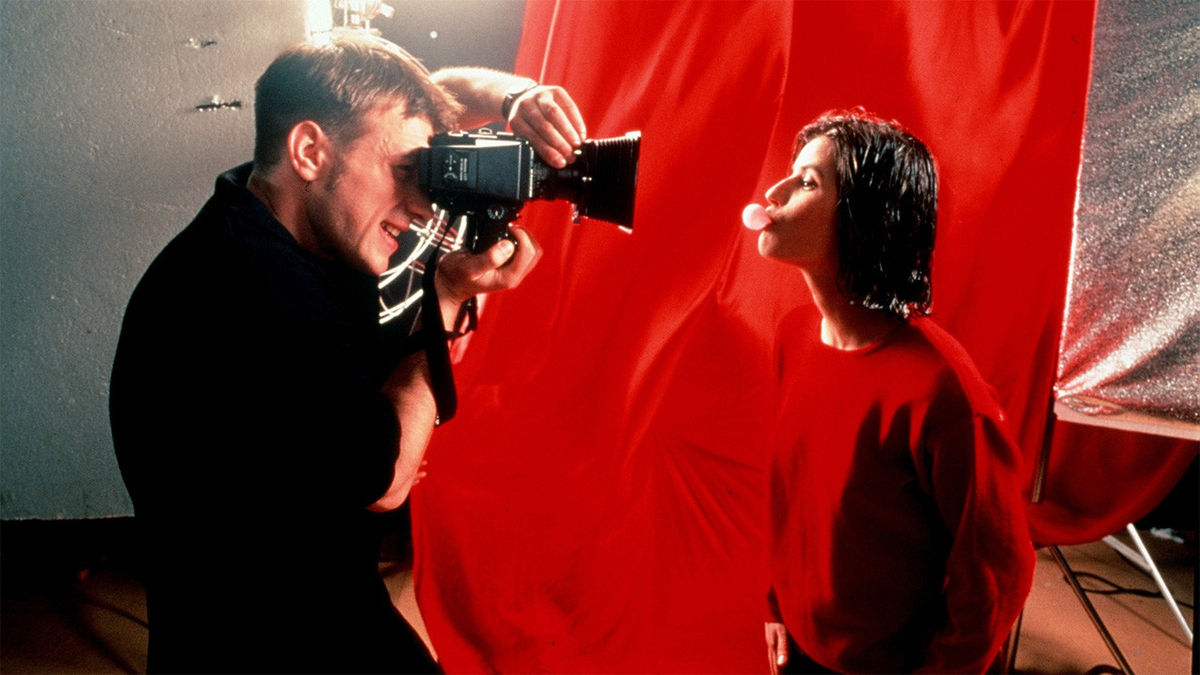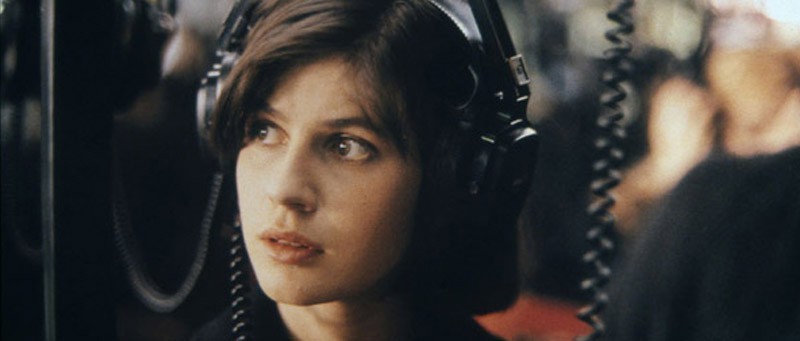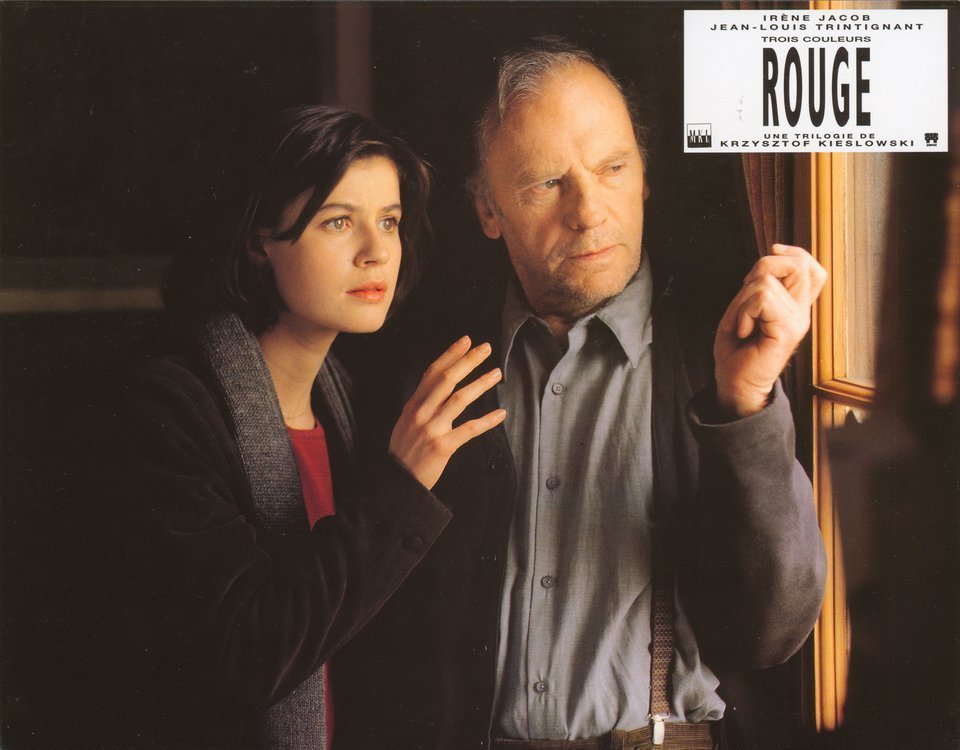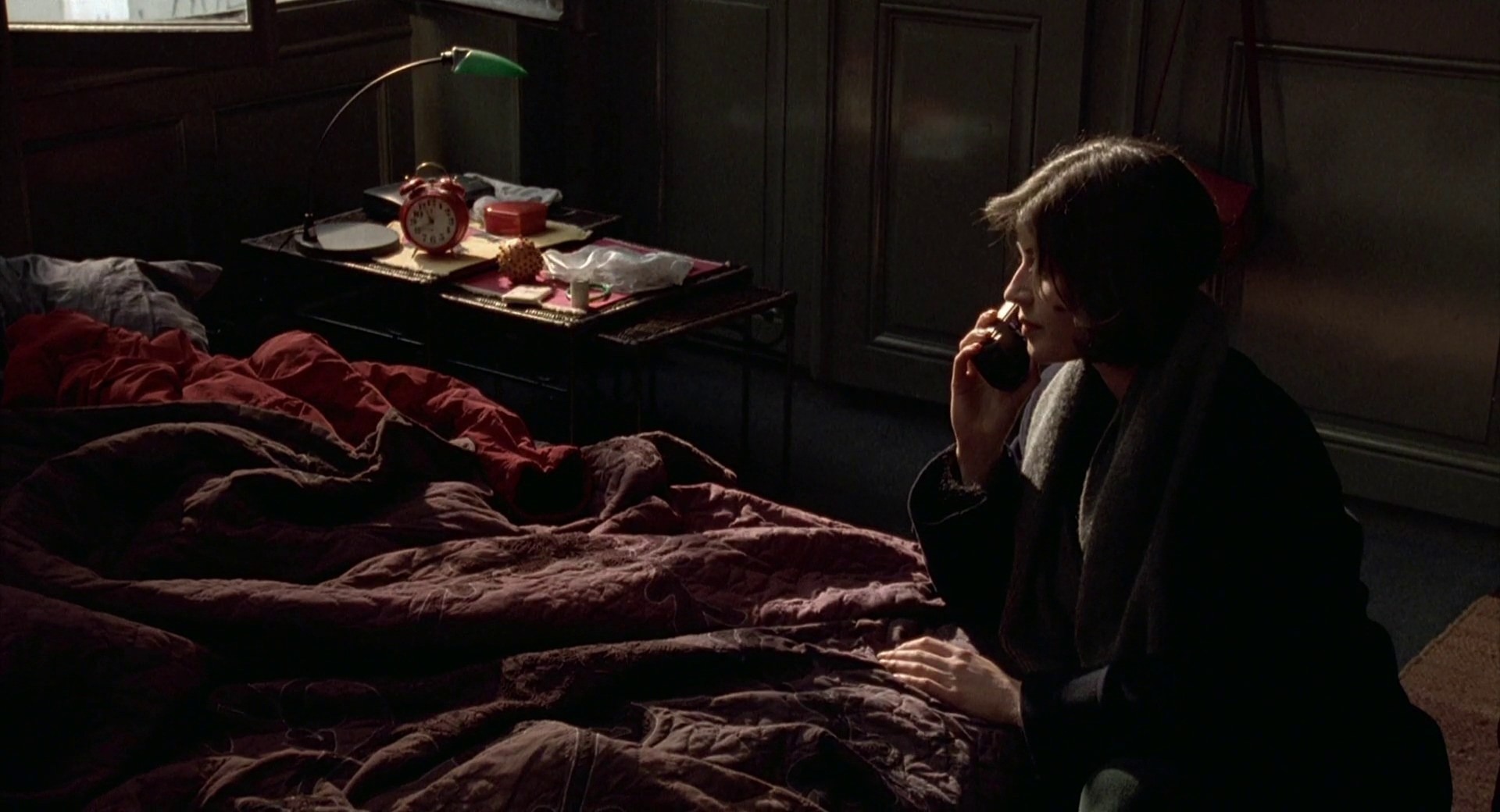Three Colours: Red (1994)

Three Colours: Red (1994) is a French-Swiss drama film directed, co-written, and produced by the renowned Polish filmmaker Krzysztof Kieślowski. It is the final installment of the Three Colours trilogy, which explores the ideals of the French Revolution through the lens of contemporary life. The trilogy includes Blue (1993), White (1994), and Red, with each film symbolizing one of the three main colors of the French flag—blue for liberty, white for equality, and red for fraternity. Red delves deeply into themes of human connection, fate, and the possibility of redemption, making it a fitting conclusion to Kieślowski’s exploration of these revolutionary ideals.
The film follows the story of Valentine (Irène Jacob), a young model living in Geneva who inadvertently becomes involved in the life of a reclusive, retired judge, Joseph Kern (Jean-Louis Trintignant). Valentine accidentally hits the judge’s dog while driving, and her act of kindness to care for the animal sparks an unexpected and deep connection between the two. As the relationship unfolds, Valentine discovers that Joseph has been secretly eavesdropping on his neighbors’ conversations, thus revealing his belief in the futility of human relationships. Through their interactions, the film explores the themes of interconnectedness and how seemingly trivial moments can have profound impacts on lives.
The central performances by Irène Jacob and Jean-Louis Trintignant are nothing short of outstanding. Jacob’s portrayal of Valentine captures the essence of a character searching for meaning in her life, filled with empathy and introspection. Trintignant’s portrayal of Joseph Kern is equally captivating, as he plays a character marked by bitterness and a deep sense of isolation. The nuanced performances of the two leads help bring the film’s central themes of connection and disconnection to life, making the emotional journey of Red both powerful and moving. The supporting cast, including the character of Auguste (Jean-Pierre Lorit), provides additional layers to the narrative, further reinforcing the complexities of human relationships.

At its core, Three Colours: Red explores the theme of fraternity, symbolized by the color red. Kieślowski delves into the idea that human beings, regardless of their differences, are interconnected in ways we often fail to understand. The film examines the consequences of isolation, both physical and emotional, and how individuals can heal from the wounds of the past by opening themselves up to others. Joseph’s journey from disillusionment to reconciliation serves as the emotional backbone of the film. Additionally, Red reflects on the consequences of our actions on others, emphasizing how our lives and destinies are intertwined, often in ways that are beyond our control.

Krzysztof Kieślowski’s direction in Red is meticulous and insightful, weaving complex narrative threads together in a way that feels both seamless and profound. The film’s cinematography, by Piotr Sobociński, is striking, with vibrant colors and visual symbolism that highlight the emotional undercurrents of the story. The use of red throughout the film—whether in lighting, costumes, or settings—serves as both a literal and metaphorical symbol of the connection between the characters. The film’s slow pace allows the audience to absorb the emotional depth of each scene, creating a meditative experience that forces viewers to reflect on the nature of relationships and the passage of time.

Three Colours: Red stands as a masterpiece of modern cinema, combining philosophical exploration, emotional depth, and visual artistry. As the final chapter in Kieślowski’s Three Colours trilogy, Red masterfully encapsulates the themes of human connection, fate, and the unspoken ties that bind us all. The film’s profound examination of life’s complexities—particularly the paradoxes of love, empathy, and human interaction—makes it a compelling conclusion to Kieślowski’s exploration of the French Revolution’s ideals. With extraordinary performances, stunning cinematography, and a thought-provoking narrative, Red is a timeless piece of cinema that continues to resonate with audiences around the world.











